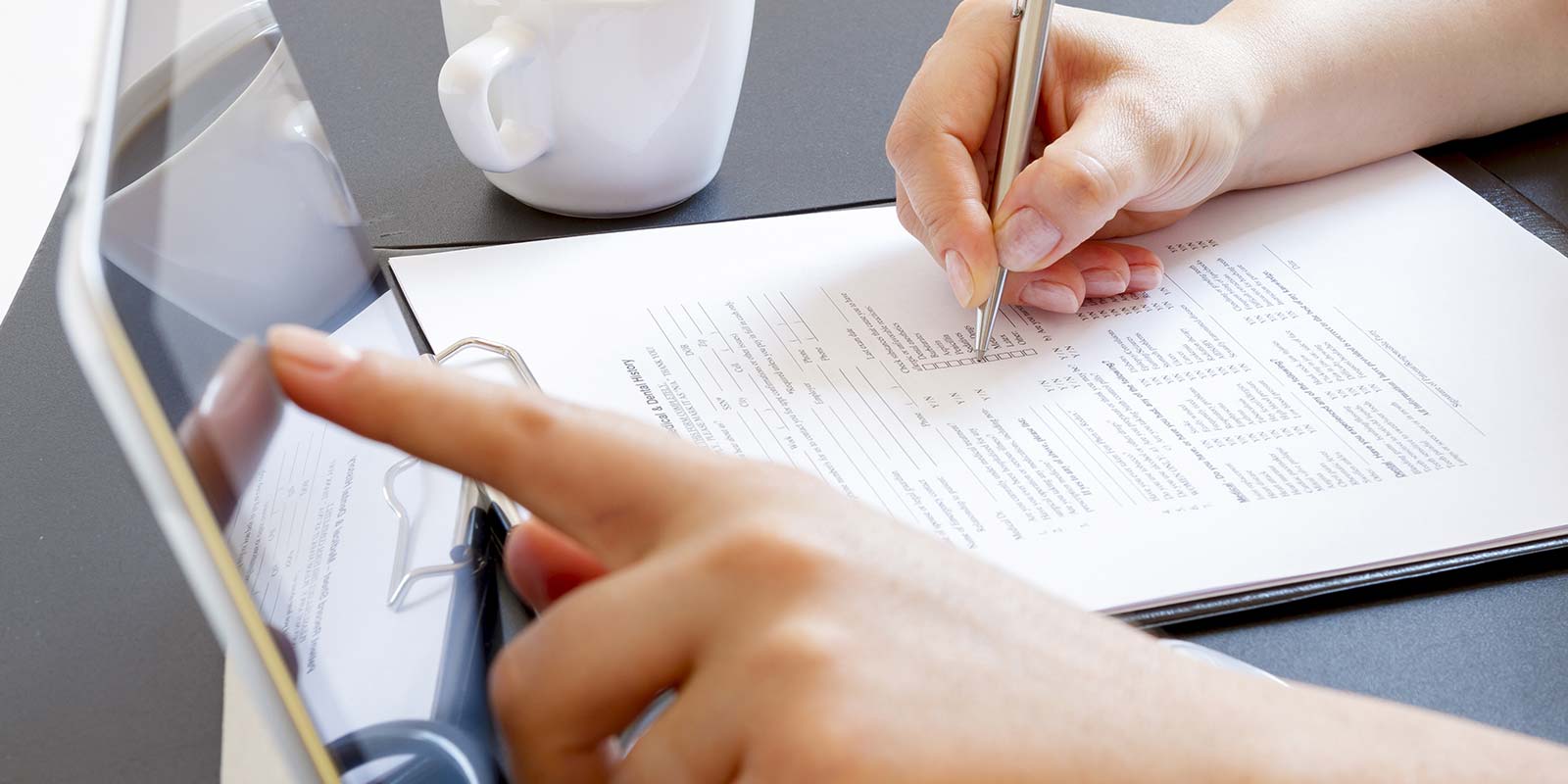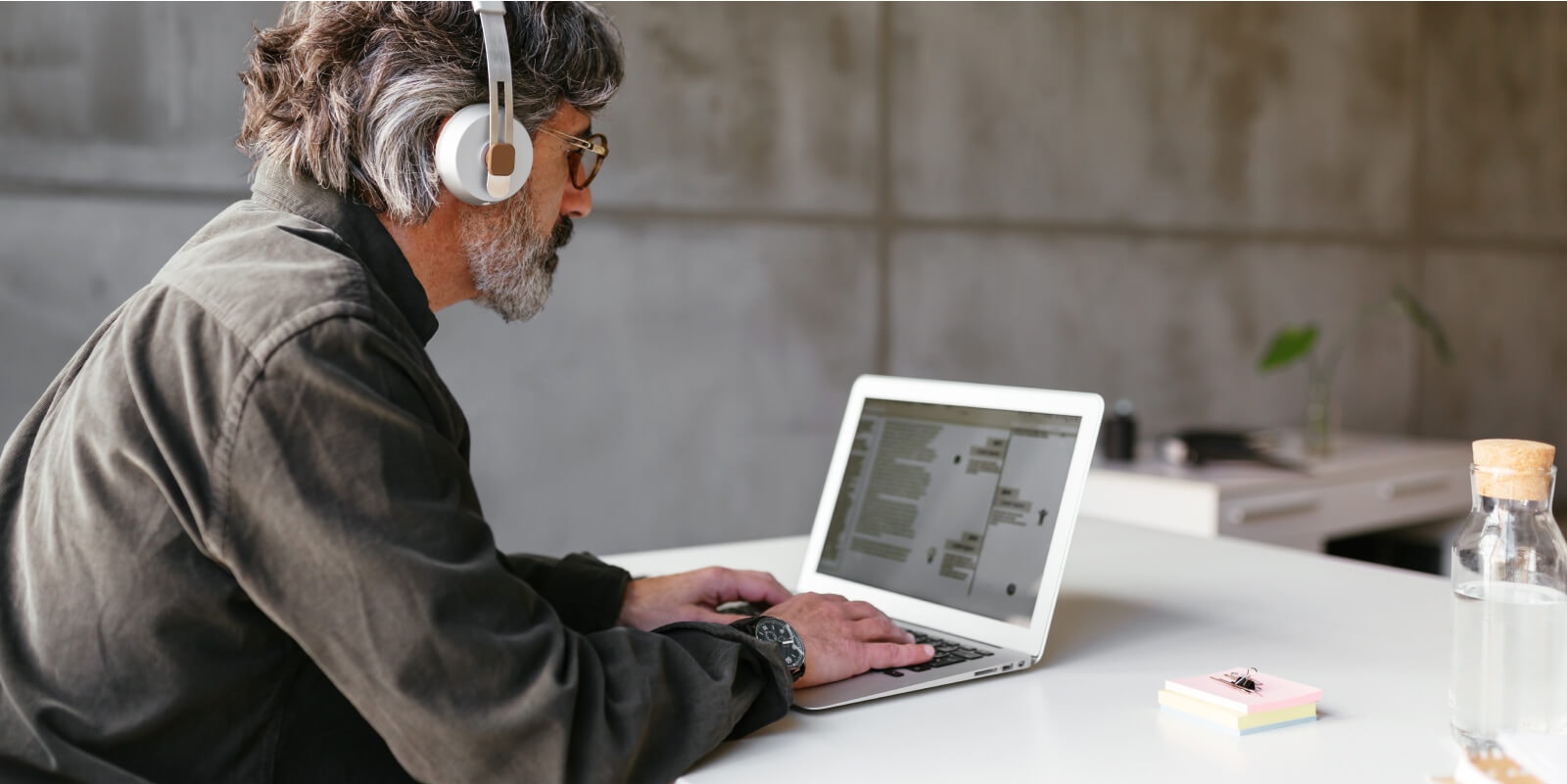Products & Services
From the latest clinical assessments to a full suite of training and support—we have what you need to help your clients get from where they are to where they want to be.






The currency displayed has been switched according to the country of your account. The items in your cart will now appear in NZD.
You successfully switched to NZD currency. The items in your cart will now appear in NZD.
WAIS–5 A&NZ is launching soon. Register now for live training—so you can feel confident using it from day one.

We are unable to identify your country location. Please visit our International Contacts Page to find where you can order from.

Elevate your professional journey with trusted training solutions

Moments in Mind: Tune in to hear clinicians share the moments that changed their lives—and the lives of their clients.

Customer support reimagined
Home
${loserAccounts} been merged into ${winnerAccount}.
A recent audit found these accounts to be duplicative. Addresses, order history and Q-global ordering for both accounts are now accessible via the ${winnerAccount} account. If something isn’t right, please contact us.
${loserAccounts} been merged into ${winnerAccount}.
A recent audit found these accounts to be duplicative. Addresses, qualified users, order history and Q-global ordering for both organisations are now accessible via the ${winnerAccount} account. If something isn’t right, contact us.
Tune in to hear clinicians share the moments that changed their lives—and the lives of their clients.
Find the best training solutions and earn a skill badge
Tune in to hear clinicians share the moments that changed their lives—and the lives of their clients.
Find the best training solutions and earn a skill badge
From the latest clinical assessments to a full suite of training and support—we have what you need to help your clients get from where they are to where they want to be.



Discover the convenience of digital with our Q-platforms, Digital Assessment Library, and more

Gain critical skills with our on-demand, live or in-person training


